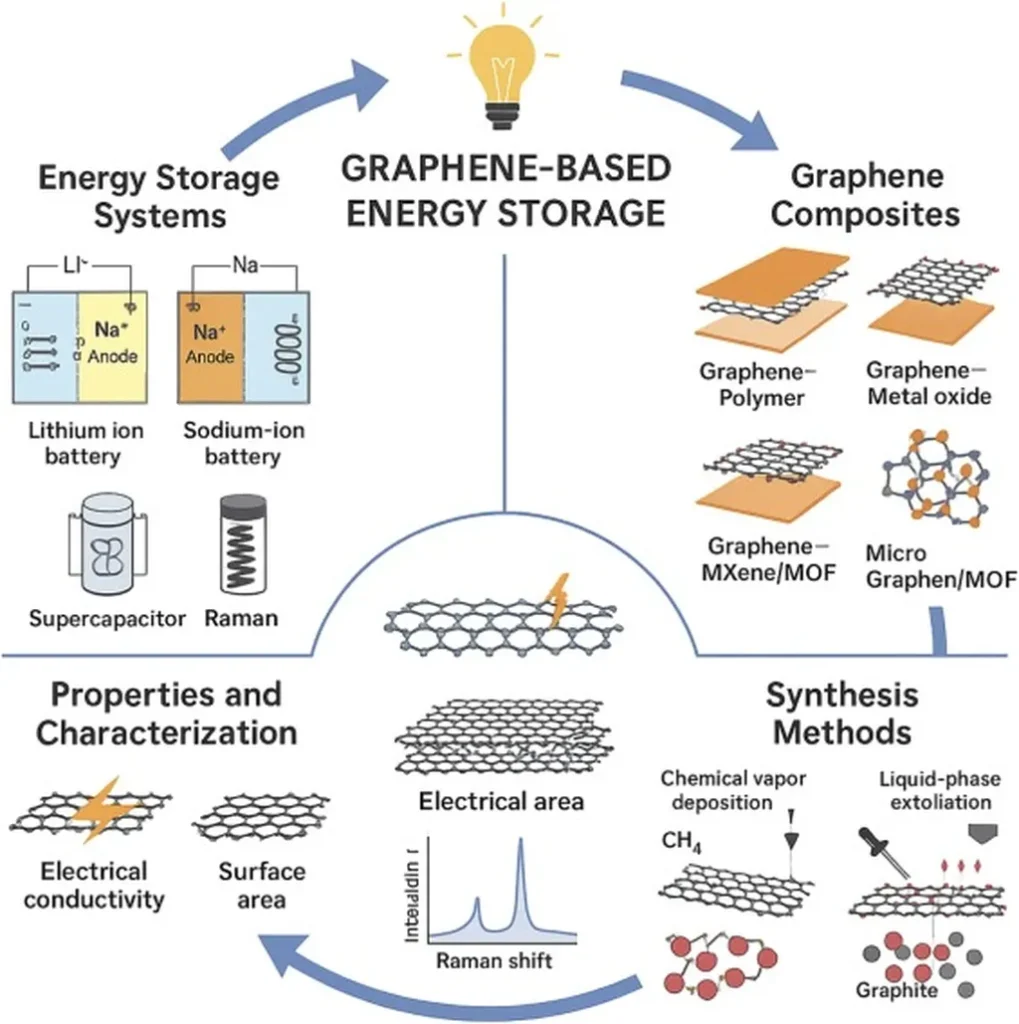In the quest for more efficient and sustainable energy storage solutions, a groundbreaking study published in *Zhileng xuebao* (Journal of Refrigeration) introduces a novel graphene-based composite sorbent that could revolutionize solar thermal-driven cold energy storage. Led by Wang Kedi, this research addresses long-standing challenges in the field, offering a promising leap forward for the energy sector.
Traditional chemisorption sorbents have often fallen short due to their loose structure, inadequate heat and mass transfer pathways, and poor cycling stability. Wang Kedi and his team tackled these issues head-on by embedding strontium chloride (SrCl₂) into a three-dimensionally interconnected graphene network. This innovative approach creates continuous and efficient channels for heat conduction and mass transfer, significantly enhancing the sorbent’s performance and longevity.
The results are impressive. The composite sorbent achieves an ammonia uptake of 0.577 grams per gram at an evaporation temperature of -10°C, reaching 84.1% of the theoretical value. This translates to a specific cold storage capacity of 639.89 kJ/kg, nearly double that of conventional ice storage. “This breakthrough not only improves energy storage density but also ensures exceptional cycling stability,” Wang Kedi noted, highlighting the sorbent’s potential for long-term, reliable use.
Under desorption conditions driven by a 90°C heat source, the ammonia desorption capacity reaches 0.572 grams per gram. In constant-pressure desorption experiments simulating hot water supplied by a non-concentrated solar collector, over 90% of the cold storage process was completed within four hours of stable sunlight. This efficiency underscores the sorbent’s practicality for real-world applications, particularly in solar-driven adsorption cold storage systems.
The implications for the energy sector are profound. As the world shifts towards renewable energy sources, the need for efficient and sustainable energy storage solutions becomes increasingly critical. This graphene-based composite sorbent offers a robust and scalable solution, capable of enhancing the performance of solar thermal systems and reducing reliance on traditional energy storage methods.
Wang Kedi’s research, published in *Zhileng xuebao* (translated as “Journal of Refrigeration”), provides a solid foundation for future developments in the field. By addressing the limitations of traditional sorbents, this study paves the way for more efficient and reliable energy storage technologies. As the energy sector continues to evolve, innovations like this will be crucial in meeting the growing demand for sustainable and efficient energy solutions.
This research not only advances our understanding of sorption-based cold energy storage but also offers a glimpse into the future of renewable energy technologies. With its exceptional performance and stability, the graphene-based composite sorbent could play a pivotal role in shaping the next generation of energy storage systems, driving progress towards a more sustainable and energy-efficient future.

